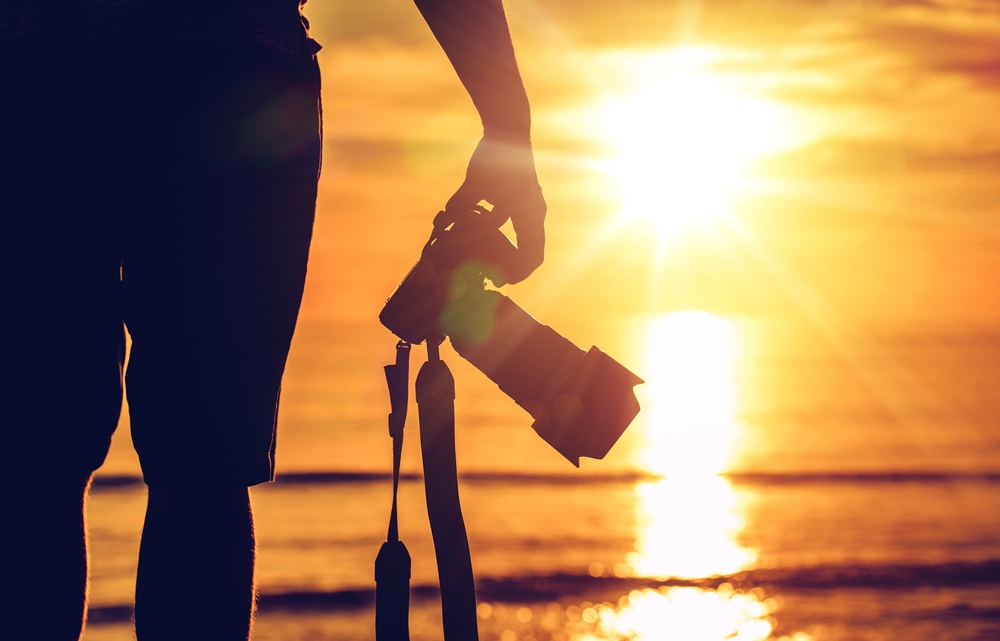Travel photography is an effective instrument for keeping and documenting priceless moments from our travels. Through visual perception, it enables us to communicate our experiences, create feelings, and compose stories.
However, more than merely pointing and shooting is needed to perfect the art of travel photography. It calls for a blend of technical expertise, originality, and acute attention to detail. In this article, we will explore some valuable tips that can help you capture compelling and memorable travel photographs.
Research Your Location:
Spend some time learning about your destination before starting your journey. Learn about the local history, tradition, and distinctive characteristics. You’ll have a better idea of what to anticipate as a result, and it will also be easier for you to prepare your shots. Make a list of specific photos or angles you want to capture and seek inspiration from other photographers who have been to the same spot. Making a plan in advance can help you avoid missing any important spots or moments.
Tell A Story With The Image:
Great travel pictures are more than just quick images people usually send each other on Snapchat. They provide a narrative and a sense of place. Look for details that will help you capture the spirit of the place, such as the locals, the environment, the architecture, or the traditions. You may transport your viewers to that location and give them the impression that they are a part of the experience by capturing these features in a distinctive and captivating way.
Focus on Capturing the Local Culture:
Capturing the essence of many cultures is one of the pleasures of travel photography. Look for genuine moments that highlight the inhabitants’ traditions, customs, and way of life. This may be a crowded street market, a religious service, or a traditional dance performance. Genuine and intimate moments that represent the character of the location can be captured by engaging with the locals and being immersed in their culture.
Experiment with Composition:
In order to take visually appealing photos, the composition is essential. Try various framing strategies, angles, and viewpoints to give your pictures more depth and appeal. Make use of leading lines to pull the viewer’s attention into the image, foreground objects to add depth, and the rule of thirds to produce a harmonious composition. Break the boundaries and experiment with non-traditional compositions to produce one-of-a-kind, unforgettable photographs.
Pay Attention to Lights:
A photograph’s lighting may make or destroy it. The appropriate lighting can improve a scene’s mood, add drama, and highlight particulars. Even while natural light is frequently the most attractive, there are several lighting options throughout the day. A wonderful mood can be created by the gentle golden light at sunrise and dusk, yet unflattering shadows might be created by the bright noon sun. Try out several lighting setups and develop your ability to adjust your photography to the light that is available.
Try Capturing Emotions at least Once:
Photography uses the power of emotion effectively. Locate instances that make you feel something intensely, such as joy, awe, wonder, or even grief. A stronger connection with your viewers can be made by capturing the emotions of a location or a moment, whether it’s a candid photograph of a local person or a landscape that takes your breath away.
Edit Wisely, It’s a Game Changer:
The process of post-processing is crucial to digital photography. However, it’s crucial to use discipline and avoid going beyond. To improve your photographs’ colours, contrast, and clarity, use editing software, but don’t overdo it because that could make them appear odd. Keep in mind that you want to capture the location as exactly as you can while still adding your own creative flair.



